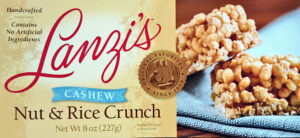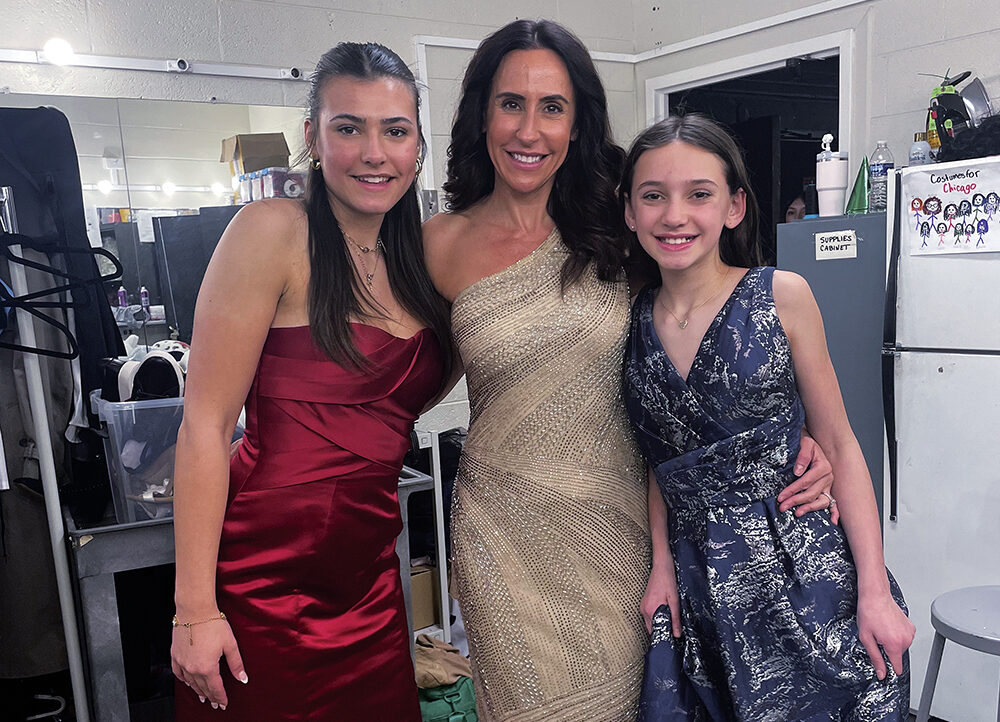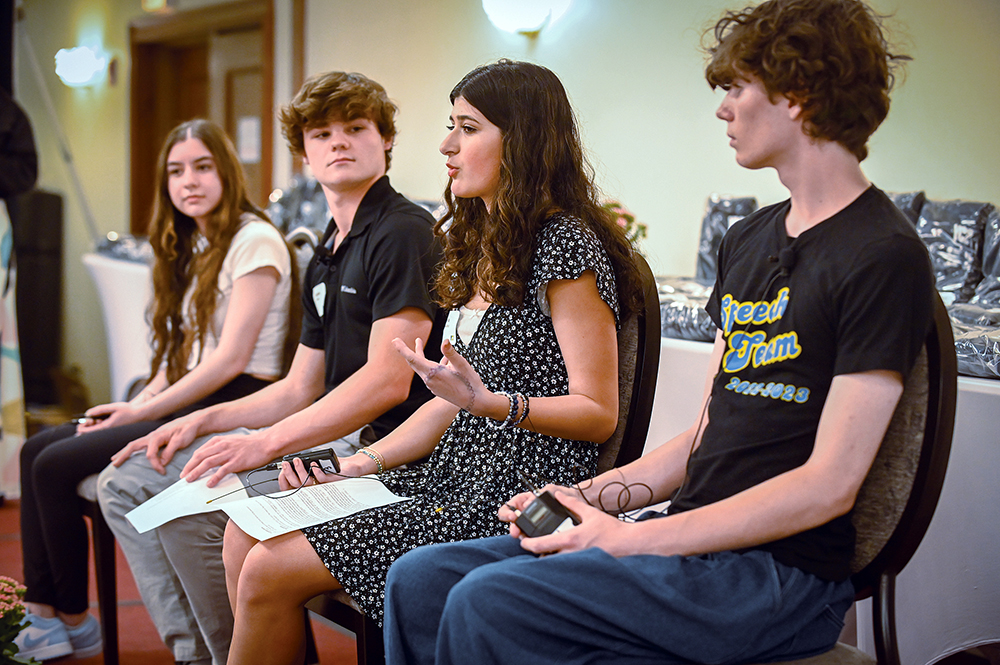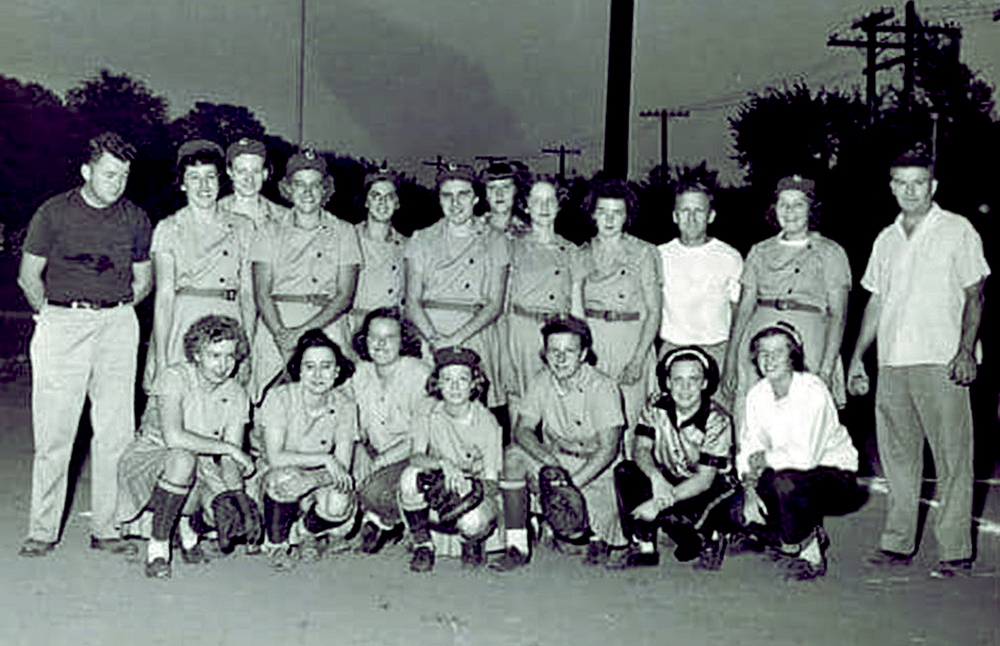A Sweet Remembrance: Elmhurst native Jerry Ostermann resurrects a part of Chicago history

By Maureen Callahan
Since the late 19th century and many decades thereafter, one-third of the candy produced in the United States was made in Chicago.
During its heyday, over 25,000 workers in the City of Chicago were employed by more than a hundred candy companies. Everyone is familiar with the heavy hitters – Wrigley, Tootsie Roll, and Fannie May, to name a few. Regardless of how successful some Chicago confectionary businesses became, most had similar beginnings in the humble home kitchens of immigrants.
One such company, Lanzi’s Candy, was born of the hard work of Italian immigrant Elmo Lanzi. In 1912, at age 17, Lanzi followed his stepbrother to the U.S. After working as a laborer for a while, he learned to make candy at an ice cream parlor in Marseilles, IL. Lanzi moved to Chicago following a stint in World War I. It was a time when scores of European immigrants had set up artisan candy shops using family recipes.
 Lanzi began making candy in 1920. Eventually, he bought a building on the 1100 block of Chicago Ave. Lanzi, his family, and extended family lived above the first floor kitchen he installed. From 1927 until he retired, his candy company never left the River West location.
Lanzi began making candy in 1920. Eventually, he bought a building on the 1100 block of Chicago Ave. Lanzi, his family, and extended family lived above the first floor kitchen he installed. From 1927 until he retired, his candy company never left the River West location.
Lanzi married Helen, a neighborhood girl who worked for him in the building’s candy shop. As the years passed and their children were born, Lanzi created new recipes at night. His candy became legendary in the stores he sold it to around the city during the day.
Lanzi started with European-influenced varieties of handmade caramels and chocolates. The debut of his chocolate peanut clusters inspired Lanzi to step up production to keep up pace with constant demand. He began to design his own machinery. He worked with a technical artist to illustrate his ideas. Off hours were spent tinkering and perfecting the equipment himself.
It was the Cashew Nut & Rice Crunch candy, however, created by Lanzi for a family picnic in 1959, that catapulted the business to international acclaim. Upscale department stores and corner confectioners alike could not keep it on their shelves. Although Lanzi tried his best to keep up, demand always outweighed supply! Musical legend Guy Lombardo became an instant fan and endorsed it whenever possible. American Airlines served it to their first-class passengers.
Taste by taste and box by box, the Cashew Nut & Rice Crunch candy made Lanzi’s a national – then international – brand, selling to 8 countries. Three times, Manufacturing Confectioner Magazine named it the year’s outstanding candy.
The delectable crispy-nut crunch bars come by their reputation honestly. Lanzi’s Cashew Nut & Rice Crunch candy bears some resemblance to the texture of a Rice Krispy square but denser, nuttier, and just plain classier.
This memorable addition to the world of confections almost didn’t happen. When Lanzi first made the Cashew Nut & Rice Crunch candy in 1959, he had already retired. He went back to work, commercializing his new product. He stayed in business for another 22 years.
“My grandfather was a real-life Willy Wonka.
He made candy and candy machines.”
– Michael Lahey, grandson of Chicago confectioner Elmo Lanzi.
Elmo Lanzi passed away in 1983. A newspaper article referred to him as the longest-known candymaker in the city. Lanzi’s Candy, by that time having been sold a second time, dissolved a year later.
For a while, Lanzi’s Cashew Nut & Rice Crunch candy slipped into confectionary oblivion.
Enter Elmhurst entrepreneur Jerry Ostermann. Ostermann, who had retired from a career in import sourcing for Jewel Corporation, never saw himself in the candy making business, despite his fascination with school field trips to the Tootsie Roll and Cracker Jack plants. Ostermann had heard of Lanzi’s and always wondered what happened to the once very successful company.
After contacting all three of Lanzi’s children, his youngest son agreed to meet with Ostermann and attempt to recreate the Cashew Nut & Rice Crunch candy in his kitchen. While the experience was a first step, Ostermann realized the need to hire food engineers at Knechtel Laboratories in Skokie for assistance in reverse-engineering the recipe.
Somehow, Lanzi’s daughter still had an unopened box of Cashew Nut & Rice Crunch candy – then decades old –which helped Ostermann and the candy scientists gain a sense of appearance and texture. The recipe had to be altered slightly, with the addition of white chocolate to bind the ingredients together.
The project carried on for several years and required a significant financial investment. Ostermann felt an obligation to the Lanzi family to see the project through.
After attempts to work with local confectionaries to make the candy proved difficult, a friend of Ostermann’s suggested working with an Amish community in southern Indiana. A couple with candy-making experience took the project on gradually and with great care, employing small-batch crafting techniques.
A sweet piece of Chicago history is now resurrected and recreated, thanks to Ostermann’s passion project.
Lanzi’s Cashew Nut & Rice Crunch candy is available at the Uptown Shop locations in Elmhurst (123 N. York) and Western Springs (921 Burlington), as well as Amazon. Be sure to check out Shelf Life: The Story of Lanzi’s Candy, a documentary created by Lanzi’s grandson, Michael Lahey, that airs periodically on WTTW. It is also available for purchase at both Uptown Shop locations.
The writer gratefully acknowledges the assistance of Elmo Lanzi’s grandson, Michael Lahey, for his presentation and photography in piecing together his grandfather’s story. ■














